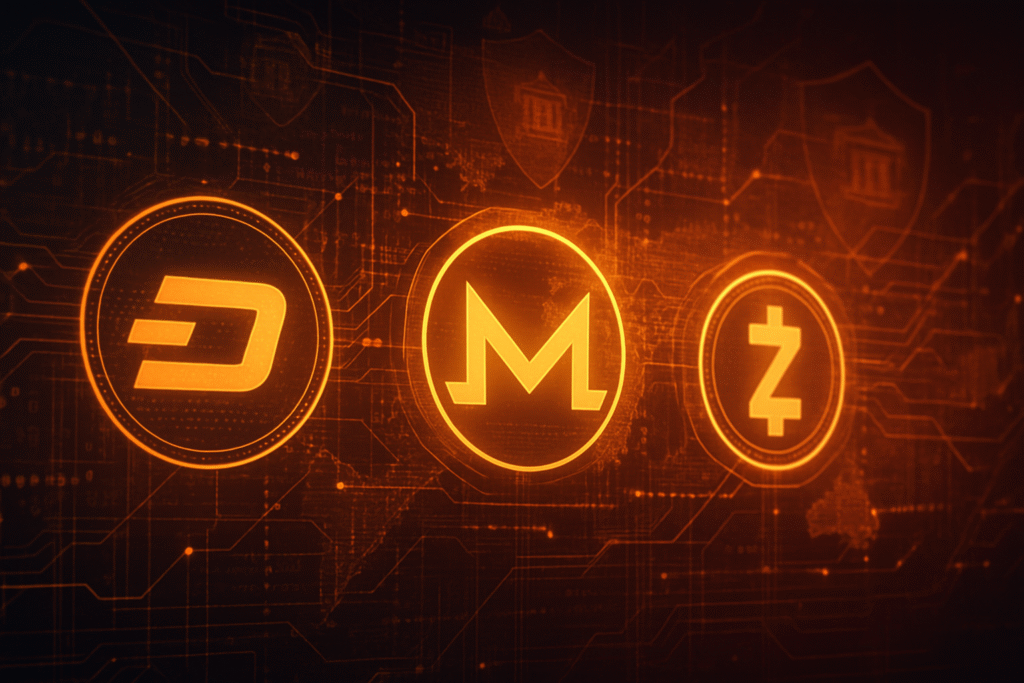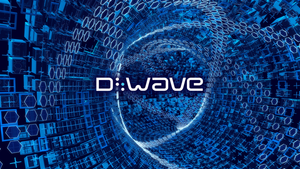
October 13, 2025 – In a surprising turn of events, privacy coin DASH has experienced a significant price surge, breaking a five-year downtrend and capturing the attention of the crypto market. This resurgence comes at a pivotal time for privacy-focused cryptocurrencies, which are facing unprecedented regulatory pressure globally. As of October 13, 2025, DASH's price has soared from approximately $20 in late September to over $56, igniting optimism among its proponents while simultaneously highlighting the ongoing battle between financial anonymity and governmental oversight.
The renewed interest in DASH (DASH) is largely attributed to growing enthusiasm for its payment ecosystem, DASH Pay, which prioritizes usability and speed, alongside consistent activity from its masternode network. This rally, however, unfolds against a backdrop of increasing delistings from major exchanges and a global crackdown on privacy-enhancing digital assets, raising critical questions about the long-term viability and future trajectory of coins like DASH, Monero (XMR), and Zcash (ZEC) in an increasingly regulated Web3 landscape. The immediate market reaction has been a mix of excitement for DASH's performance and cautious apprehension regarding the broader implications of regulatory actions for the entire privacy coin sector. This dynamic underscores a fundamental tension within the crypto ecosystem: the desire for financial freedom and privacy versus the demands for transparency and compliance from traditional financial systems.
Market Impact and Price Action
The recent price action of DASH has been nothing short of remarkable. After languishing in a protracted bear market, DASH broke free from a five-year downtrend, surging from around $20 in late September 2025 to over $56 by mid-October. This bullish momentum has led some analysts to forecast potential targets between $70 and $100 if the uptrend continues, while others maintain a more conservative outlook, suggesting a possible correction. This significant upward movement is largely driven by renewed interest in DASH Pay's practical applications and the underlying strength of its masternode network, which underpins the network's security and governance. Trading volumes for DASH have seen a noticeable increase during this period, indicating heightened investor interest and liquidity.
Other prominent privacy coins have also experienced notable, albeit varied, price movements. Monero (XMR), often considered the gold standard for privacy, has shown a 22.80% price change over the 30 days leading up to October 2025, with predictions for its 2025 price ranging from $296.79 to $443.98. Monero's consistent commitment to absolute privacy, however, has led to its delisting from several major exchanges, including Binance and Kraken (NASDAQ: KRKN) on their European and US platforms, due to compliance concerns.
Zcash (ZEC) has seen an even more dramatic recovery, reclaiming the $200 mark and registering an astonishing 314.89% 30-day price change in October 2025. This rebound is linked to renewed interest in privacy amid regulatory scrutiny of on-chain transparency, accumulation by long-term holders, and an announcement from Grayscale Investments (OTCQX: GBTC) about launching a dedicated ZEC trust. However, Zcash's attempt to introduce an "audit-friendly" viewing key option in 2024 has seen low adoption, with only 12% of wallets utilizing the feature by March 2025, indicating a strong preference for full privacy among its user base. These divergent price actions highlight the market's complex reaction to both project-specific developments and the overarching regulatory climate.
Community and Ecosystem Response
The crypto community's response to the evolving privacy coin landscape is a mix of defiance, adaptation, and concern. Social media platforms like X (formerly Twitter) and Reddit are abuzz with discussions about DASH's recent surge, with many celebrating its resilience and renewed utility focus. However, these conversations are often tempered by the looming shadow of regulatory actions. Crypto influencers and thought leaders frequently debate the fundamental right to financial privacy versus the imperative for anti-money laundering (AML) and know-your-customer (KYC) compliance.
Despite the numerous delistings from centralized exchanges, the demand for privacy features in the crypto space remains robust. Global transactions involving privacy coins surpassed $250 billion in 2025, a 17% increase from 2024, demonstrating continued, albeit often underground, usage. This indicates that a significant segment of the crypto user base prioritizes anonymity, often viewing it as a fundamental civil liberty. Projects like Monero continue to stand firm on their commitment to absolute privacy, even if it means sacrificing broader exchange accessibility. In contrast, Zcash's attempt to offer a compromise with viewing keys has seen limited uptake, suggesting that for many privacy coin users, partial privacy is not enough. The broader sentiment reflects a deep-seated belief in financial sovereignty, with many arguing that privacy coins are essential tools for protection against surveillance and censorship, particularly in authoritarian regimes.
What's Next for Crypto
The future of privacy coins and the broader crypto market will be heavily shaped by the ongoing tug-of-war between innovation and regulation. In the short term, the recent surges in DASH and Zcash could attract more speculative interest, but sustained growth will depend on their ability to navigate the complex regulatory environment without compromising their core value proposition. The European Union's Markets in Crypto-Assets (MiCA) framework, fully effective in late 2024, mandates enhanced disclosure for privacy coins, significantly reducing their offerings on European exchanges. Similarly, the U.S. Financial Crimes Enforcement Network (FinCEN) proposed a rule in January 2025 mandating record-keeping for private coin transactions exceeding $500, a move that could further restrict their use within the US.
Long-term implications suggest a bifurcated future for privacy coins. Those that can integrate some form of selective transparency, like Zcash's viewing keys, might find a niche within regulated financial systems, albeit with the challenge of user adoption. Projects like Monero, which prioritize absolute privacy, may increasingly operate on decentralized exchanges (DEXs) or through peer-to-peer networks, catering to a user base willing to forgo centralized exchange access for enhanced anonymity. Potential catalysts for privacy coins could include further advancements in zero-knowledge proofs (ZKPs) that allow for verifiable privacy without revealing underlying data, or a global pushback against excessive financial surveillance. Investors and projects must strategically consider these regulatory headwinds, focusing on compliance where possible, or embracing decentralized alternatives for truly private transactions. The ongoing debate about whether privacy is a right or a privilege in the digital economy will continue to define this sector.
Bottom Line
The recent surge in DASH's price, alongside the volatile movements of other privacy coins like Monero and Zcash, underscores a critical juncture for financial privacy in the cryptocurrency world. While renewed interest in DASH's utility and payment solutions offers a glimmer of optimism, the overarching trend of increasing regulatory scrutiny from bodies like FATF, MiCA, and FinCEN cannot be ignored. The delisting of privacy coins from major centralized exchanges is a stark reminder of the challenges they face in achieving mainstream adoption within traditional financial frameworks.
For crypto investors and enthusiasts, the key takeaway is the delicate balance between the desire for anonymity and the demands for transparency. Privacy coins offer undeniable benefits in terms of financial freedom, protection against surveillance, and enhanced fungibility, but these benefits come with significant regulatory risks. The long-term significance of this ongoing conflict will determine whether privacy remains a core tenet of the crypto ethos or becomes a niche feature confined to the fringes of the ecosystem. Investors should closely monitor regulatory developments, the adoption rates of privacy-enhancing technologies, and the strategic responses of privacy coin projects. Important metrics to watch include transaction volumes on DEXs, the development of new privacy solutions, and any shifts in governmental stances on digital asset anonymity. The period ahead will be crucial in defining the role of privacy coins in the future of finance.
This article is for informational purposes only and does not constitute financial or investment advice. Cryptocurrency investments carry significant risk.





